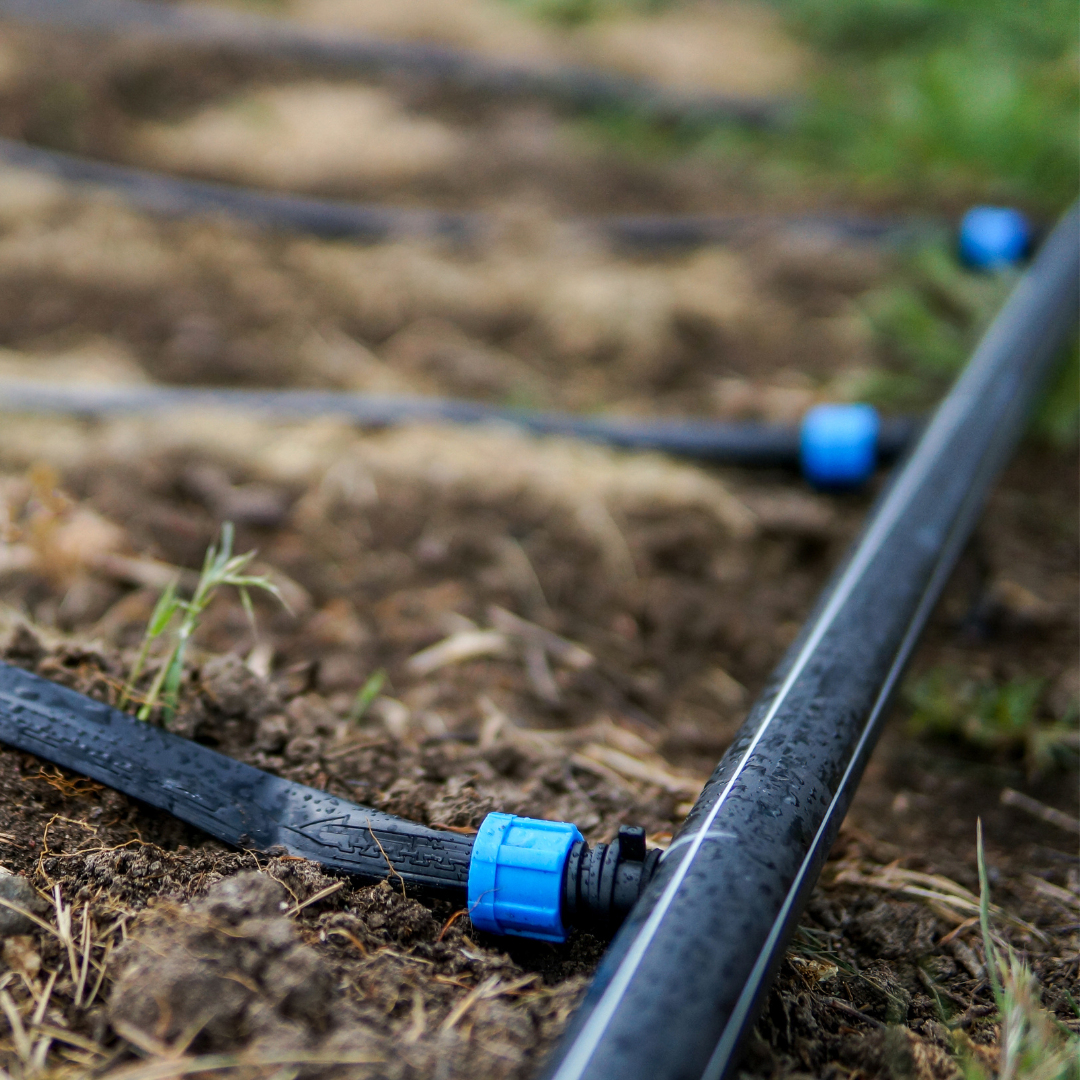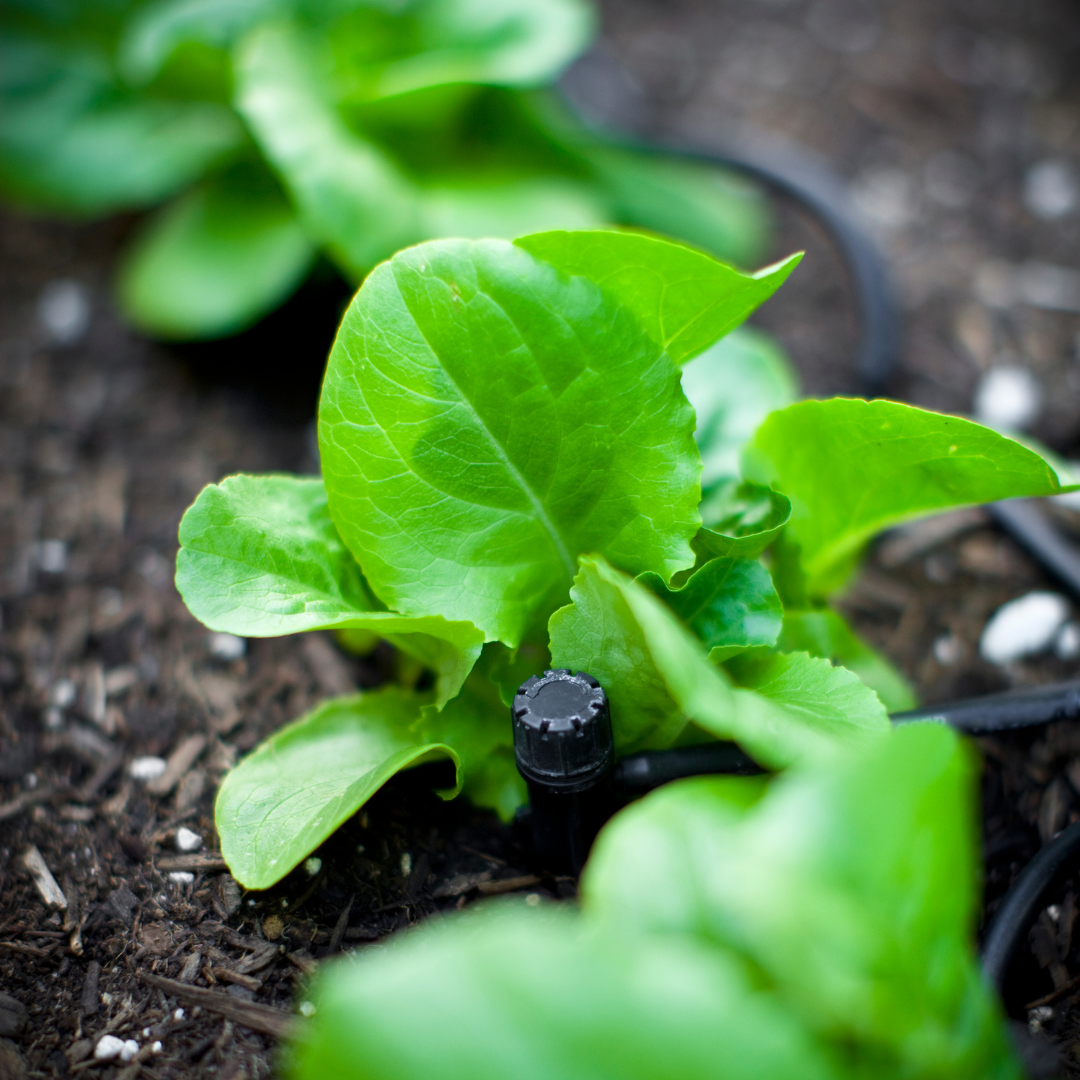Drip Irrigation Setup 101: A Beginner’s Guide to Efficient Watering
Introduction to Drip Irrigation
Drip irrigation is a game changer in how we water our gardens. It delivers water directly to where your plants need it most - at their roots. This method reduces water waste because you're not watering the leaves or the air, just the soil. Think about watering a plant with a hose; much of that water ends where the plant doesn't need it. Drip Irrigation is different; it's like giving your plants a direct drink, one drop at a time. It is efficient, saves water, and is pretty easy to set up. Whether you've got a small backyard garden or a larger plot of land, drip irrigation can be tailored to fit. Plus, it's not just about saving water. Drip irrigation can lead to healthier plants since they get watered more consistently. So, if you want to step up your gardening game and make watering a breeze, drip irrigation might just be what you need.
Understanding the Basics: What is Drip Irrigation?
Drip irrigation is a smart way to water your plants. It sends water straight to the roots, where plants need it most. This method uses a network of pipes, tubes, and emitters to deliver water right where needed, cutting down on waste and ensuring your plants get the moisture they need without the excess. You can forget about watering the leaves or the soil around your plants. This system is all about efficiency and precision. It is perfect where water is scarce because it uses less water than traditional methods, like sprinklers. Plus, it can reduce the spread of weeds and diseases that thrive in wet conditions. In short, drip irrigation is about saving water, saving time, and ensuring your plants are healthy and happy.
Benefits of Choosing a Drip Irrigation Setup
Choosing a drip irrigation system means you're on the path to watering your garden the smart way. Why?
Drip irrigation is water-wise. This system delivers water slowly and directly to the plant's roots, cutting down on water waste big time. You're not just spraying water and hoping for the best; you're targeting the plants that need it when they need it. This precision reduces the risk of overwatering or underwatering.
It's a champ at saving you money in the long run. Given that it's super efficient with water, you'll have lower water bills. And let's not forget about the time you save. Once your drip irrigation setup is in place, it pretty much runs itself. You can say goodbye to the hassle of manual watering every day.
What's more, plants love it. This method reduces the moisture on plant leaves, dramatically reducing the chances of diseases that thrive in damp conditions. And because the water goes straight to where it matters, your plants get what they need to grow strong and healthy.
Drip irrigation is cost-effective, time-efficient, water-wise, and great for your plant's health. Setting one up means you're investing in the well-being of your garden and your wallet.
Tools and Materials Needed for Installation
Starting a drip irrigation system might sound fancy, but it's pretty straightforward once you know what you need. You'll need a few key components to get the ball rolling.
First, you'll need a timer. This gadget is your goldmine. It controls when and how often your plants get watered, making your life easier.
Next on the list is the backflow preventer. This little guy stops dirty water from flowing back into your clean water supply. Trust me, you don't want those two mixing.
Then, you need a pressure regulator. Water pressure can be too high from your source, and too much pressure might damage your system. So, this tool keeps the pressure just right.
Of course, you'll need a filter as well. This keeps dirt out and ensures your system doesn't clog.
Now, for the main event: the tubing. This is where your water travels to reach your plants. You'll need mainline tubing and smaller micro tubing for the branches that water the plants.
Remember the emitters! These are crucial because they control how much water each plant gets. You can choose different ones based on your plants' needs.
Lastly, grab some stakes and holders to keep your tubing in place and a hole punch designed explicitly for drip tubing. It makes your life a lot easier when setting up.
There you have it—not too complex, right? Gather these items, and you'll be set to give your plants the hydration they need efficiently and without wasting a drop.
Planning Your Drip Irrigation System Layout
When setting up a drip irrigation system, planning your layout is like drawing a blueprint—it decides how effectively your garden gets watered.
Sketch your garden area, then mark where your plants are because different plants need different amounts of water. Decide on the main line's path; this is the tube that delivers water throughout your garden. Think of it as a highway for water. You'll branch off from there with smaller lines directly to each plant. This setup ensures that water goes precisely where needed, minimizing waste. Remember, the goal is to get the water to the roots of your plants, not just spray water everywhere.
Remember to factor in the water source. Will you connect the system to an outdoor tap, or do you need to collect and use rainwater? Proper planning here can save you time, water, and money in the long run. Ensure your plan is adaptable; your irrigation needs may change as your garden grows.
Step-by-Step Guide to Installing Your Drip Irrigation
Choose a kit that fits your garden's size and needs. Kits are good for beginners because they have everything you need.
Lay out your supplies.
Determine your water source. Your central line should start from a water source, like a faucet or hose.
Place the drip line, which has little holes for water to drip out. Run it close to your plants. You want the water right by their roots, not spraying everywhere. Cut the drip line as needed. Use connectors for turns or to split the line.
Install drip emitters where you want the line to water. Some plants need more water, and these emitters help with that. Make sure every part is tight and secure. Leaks waste water.
Optional: Cover the lines with mulch. Mulch hides the system and keeps water in the soil.
Test your system. Watch for leaks or spots you missed. Adjust as needed.
Remember, the point is to save water and ensure your plants get what they need. ItIt'sretty straightforward. Take your time and check as you go.
Tips for Efficient Water Usage with Drip Irrigation
To make the most out of drip irrigation and ensure you're using water efficiently, it's all about where you place those drippers and how often you run them. Here's the gritty but straightforward advice: place drippers directly by the base of your plants. This makes sure the water goes exactly where it's needed — the roots. Unlike traditional sprinklers that spray water everywhere, drip irrigation targets each plant, reducing waste.
Now, about timing—water in the early morning. This is when the sun isn't fully up yet, so less water evaporates, and plants get to drink up more. Plus, watering in the early morning helps keep your plants healthy by reducing the chance of fungal diseases that can happen when you water at night and leaves stay wet.
And don't keep it running; be smart. Use a timer. It's easy to think, "I'll just remember to turn it off," but life gets busy, and before you know it, you've overwatered. A timer ensures your plants get just enough water without any going to waste.
Remember to adjust your watering schedule based on the season. Plants need less water in cooler weather and more as it heats up. So, stay observant and adapt accordingly.
Lastly, check your system regularly for leaks or clogs. A small leak can lead to a lot of wasted water, and a clog can mean your plants are not getting the water they need. A quick check every now and then makes sure everything is running as it should.
Stick to these pointers, and you'll be a drip irrigation wizard, keeping your garden thriving and your water bill in check.
Common Mistakes to Avoid in Drip Irrigation Setup
Even the most minor slip can lead to significant water waste or plant harm when setting up drip irrigation. Here's what to avoid:
Overlooking the water pressure can turn your irrigation into a geyser or a dribble. Aim for the Goldilocks zone—not too high, not too low.
Using one-size-fits-all emitters. Your tomatoes and lawn have different thirst levels, so match the emitter to the plants.
Ignoring the layout of your land. Water rolls downhill, folks. Design your system to work with gravity, not against it.
Skimping on filters. Dirty water equals clogged emitters. Keep it clean.
Skipping regular check-ups is asking for trouble. A minor issue today can become a full-blown disaster tomorrow.
Avoid these pitfalls; your plants will thank you for growth and good health.
Maintenance and Troubleshooting Your Drip Irrigation System
Keeping your drip irrigation system in top shape isn't hard but requires regular attention. First, check the tubing every couple of months for leaks or damage. Sun and weather can wear the tubes down, causing splits or cracks. It's usually easy to patch up or replace a section if you find any.
Next, the emitters – those tiny holes that let water out – can get clogged. This happens when dirt or minerals build up. A simple fix is flushing your system with clean water at the start and end of the season. Just open the end of the line and let it run. For stubborn clogs, remove the emitter and soak it in vinegar to dissolve the blockage.
Also, keep an eye on your filter. Drip systems have filters to prevent junk from getting into the tubes. If your water is particularly dirty, clean this filter every few months or more. This is crucial for keeping everything flowing smoothly.
Lastly, adjustments might be needed as your garden grows. Plants get bigger, and their water needs change. You might need to move emitters closer to thirsty roots or add new ones for additional plants. Keep tweaking to make sure every plant gets what it needs.
Remember, a little effort in maintenance avoids more significant headaches down the road. Stay on top of these tasks; your drip irrigation system will keep your garden thriving with minimal water waste.
Wrapping Up: Enhancing Garden Health with Drip Irrigation
Drip irrigation isn't just about saving water; it's about boosting your garden's health. Think of it like giving your plants a slow, steady sip of water right where they need it most - at their roots. This method minimizes water wastage, reduces the chances of plant diseases, and gives you healthier plants. Setting up a drip irrigation system might seem like a task, but once it's in place, it'll be smooth sailing—or, should we say smooth watering? Your plants will thrive, your garden will look lush, and you'll have the satisfaction of knowing you're using water in the smartest way possible.






